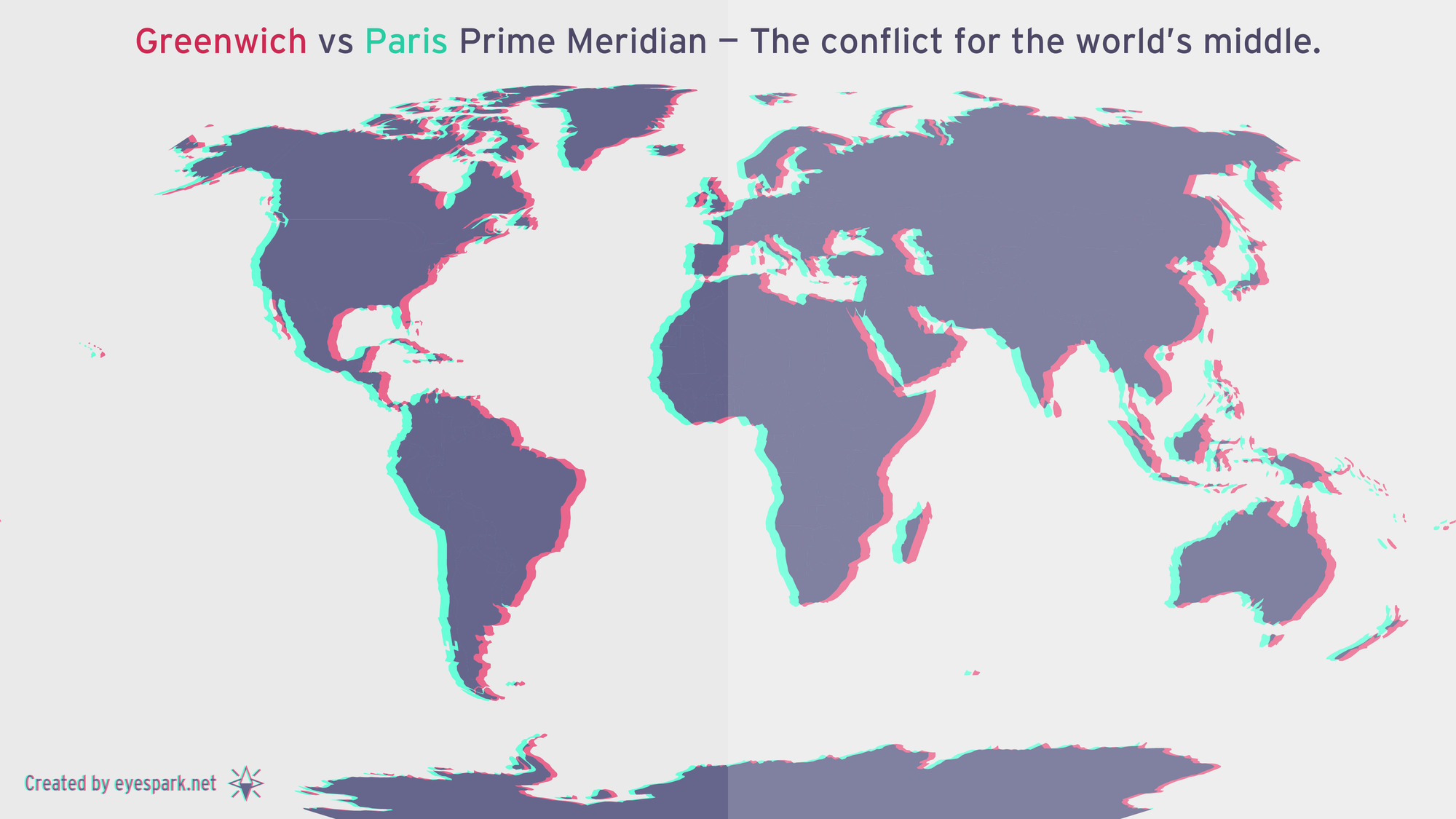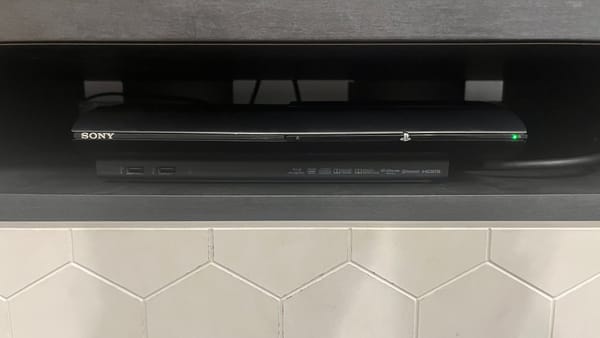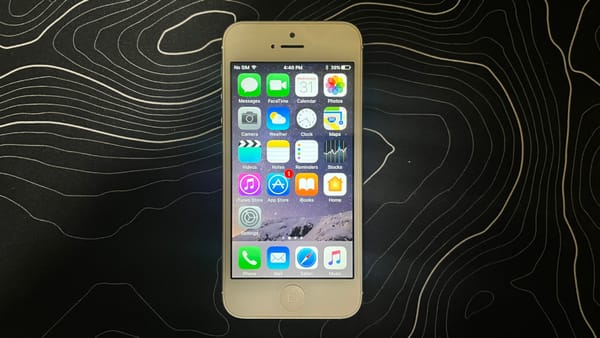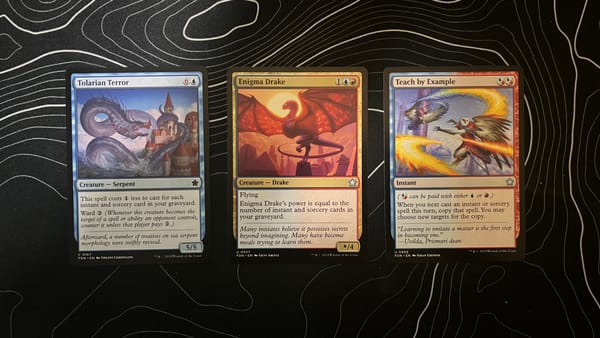Maritime and Meridian
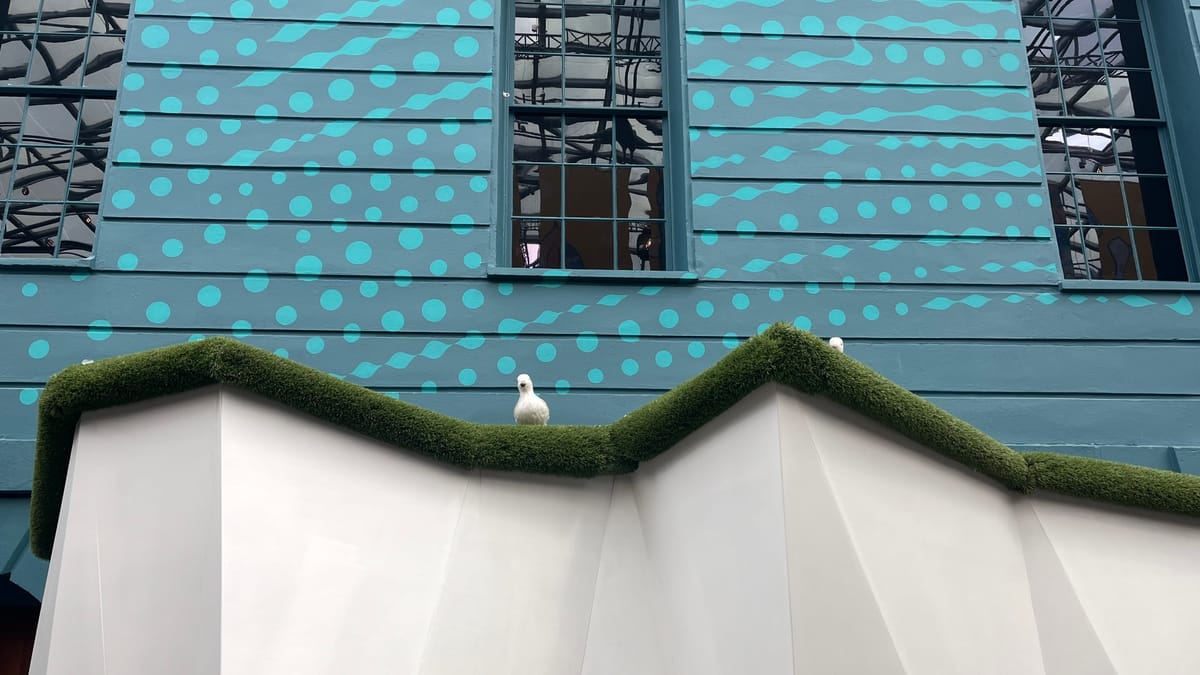
One of the places I was most looking forward to visiting on this trip was Greenwich, which has two very interesting places in it: the National Maritime Museum, and the Observatory! And to be honest this is probably my favourite part of the entire trip!
So first of all, an interesting fact! Although it appears on the tube map, Greenwich isn't actually served by the London Underground, but rather the DLR (Docklands Light Railway) which is its own thing from the Underground but still operated by TfL (Transport for London).
Instead of the traditional trains, the DLR is automated and thus doesn't need much staff! Also since it was built in 1987, the trains have ample space, air conditioning, and disabled access, making it feel quite modern (at least compared to some other lines I could mention :: cough cough :: Central). And also due to the lack of actual drivers, the front/back of the train has handles that you can pretend to drive the train with!
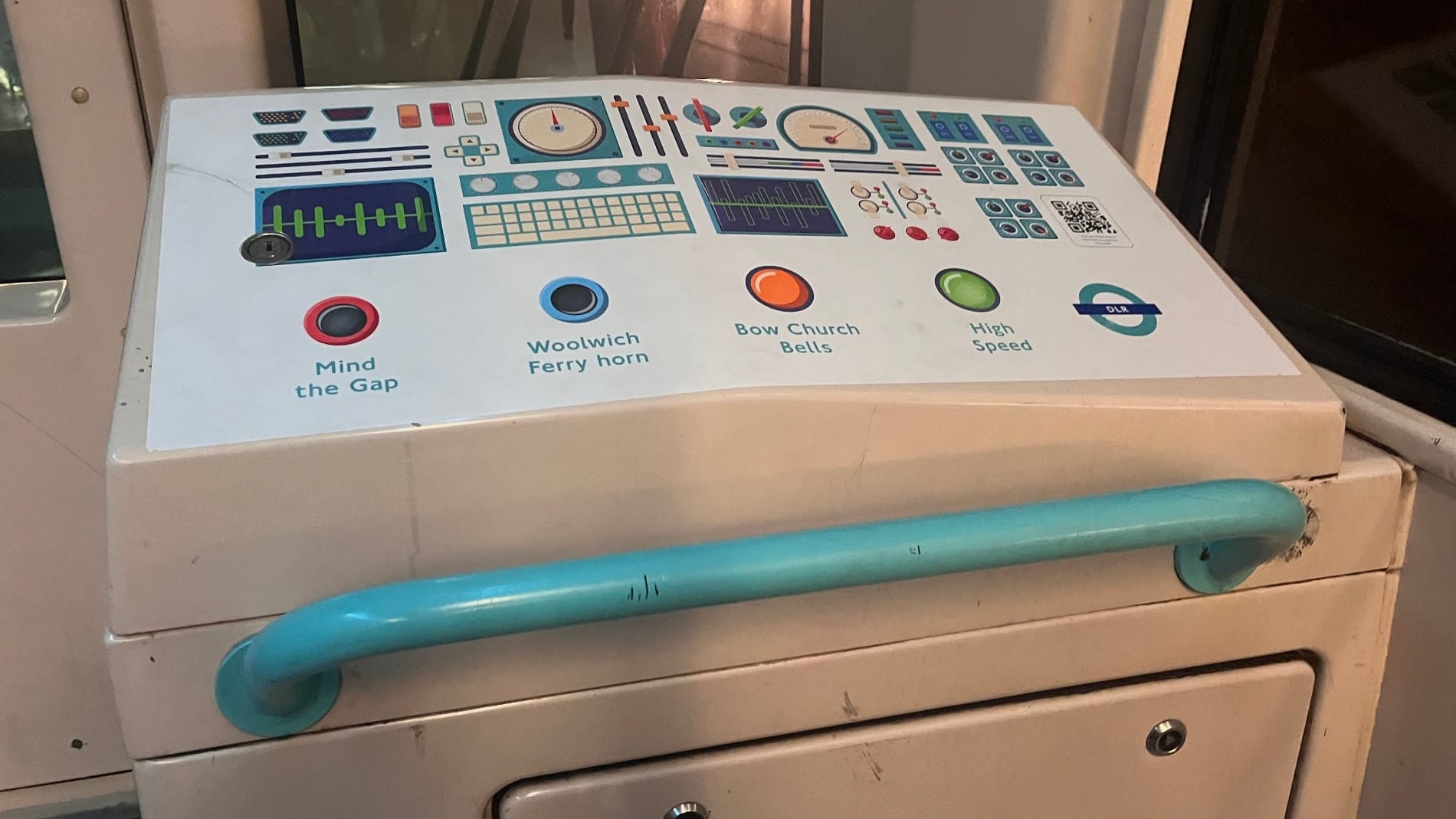
Anyways, as for actual Greenwich, the area where the museum and observatory are located is a very large park about 10 minutes walking-distance away from the station! And it is extremely nice to be in and walk around.
Also! The observatory is an uphill walk away from the entrance, which might be a bit tiring to get to, but once you get to the top you are greeted by probably the best view of the city not from a building!
You get an amazing view of the skyline, even from across the river. You can see the entire City of London (a separate entity from London, long story), the Shard, the O2 Arena, among others, and it's absolutely breathtaking.
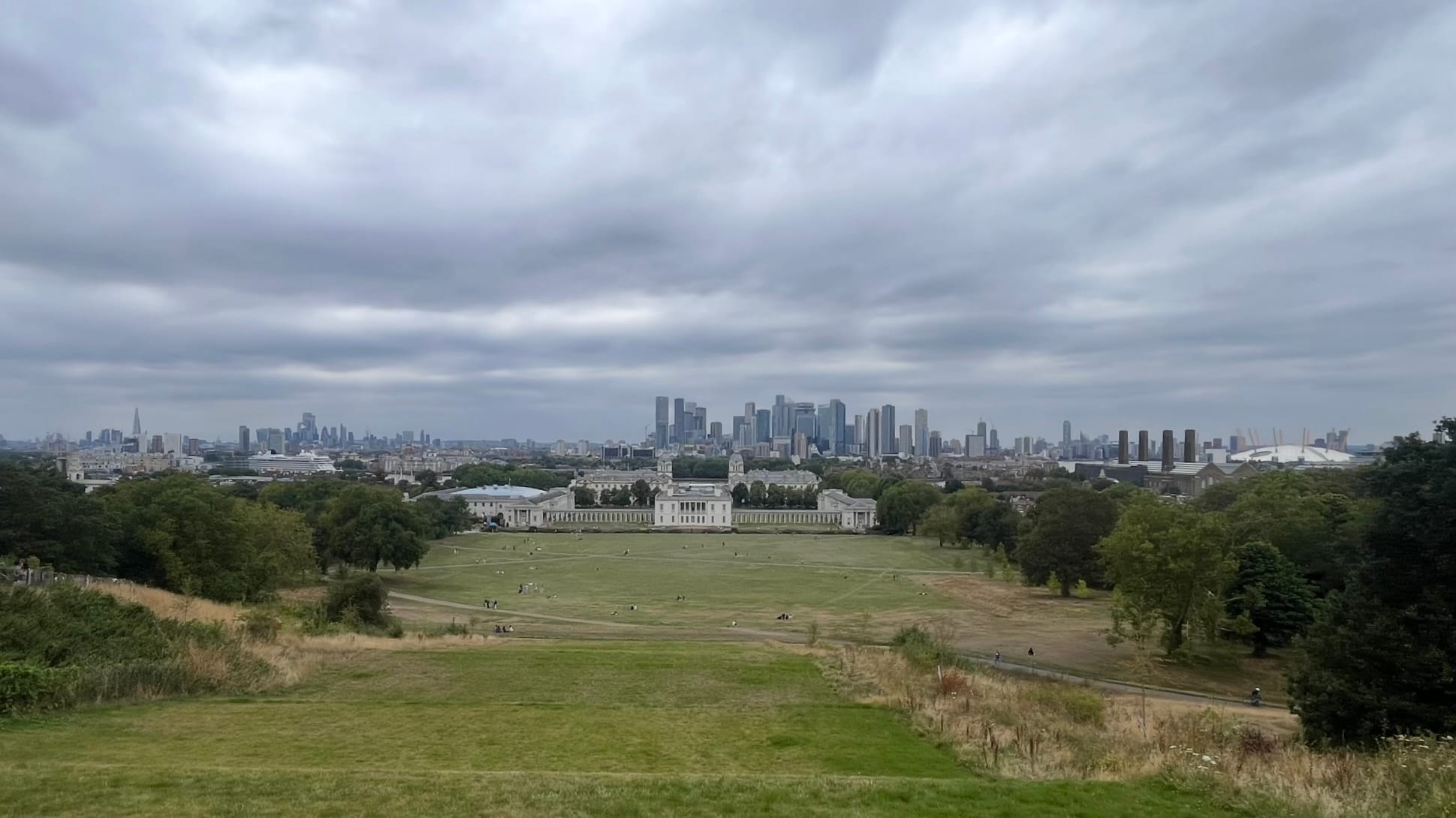
Anyways, as for the actual museum and observatory themselves, we started with the National Maritime Museum! Which I adored. Similar to the Science and Natural History Museums, it has a large variety of expositions regarding a general topic, and although it's not as big as those, it was definitely still as interesting.
There were sections about lots of things, and I sadly didn't get to see them all, but to list some of them: There were sections about how life was on ships, an entire area dedicated to Horatio Nelson, very important sections on the East India Company and slave trade and their effects, and stuff about the antarctic expeditions! (Which by the way featured the lovely True South flag).
As for my favourite specific things in it, on a cafeteria on the second floor they had a huge version of The Spilhaus Ocean Map on the floor. A map projection of the Earth that puts an emphasis on the oceans, showing off their true size! It was fun to walk around and just see how different this projection is, especially with how much it distorts Asia and the Americas due to the Pacific Ocean's size.
And also there were a lot of beautiful art pieces and photographs all around. In particular the Royal Museums Greenwich organization hosts an Astronomy Photographer of the Year competition! Which has an exposition in the National Maritime Museum, and has some of the most beautiful images I have ever seen of space.
Images are available online too, please check them out here.
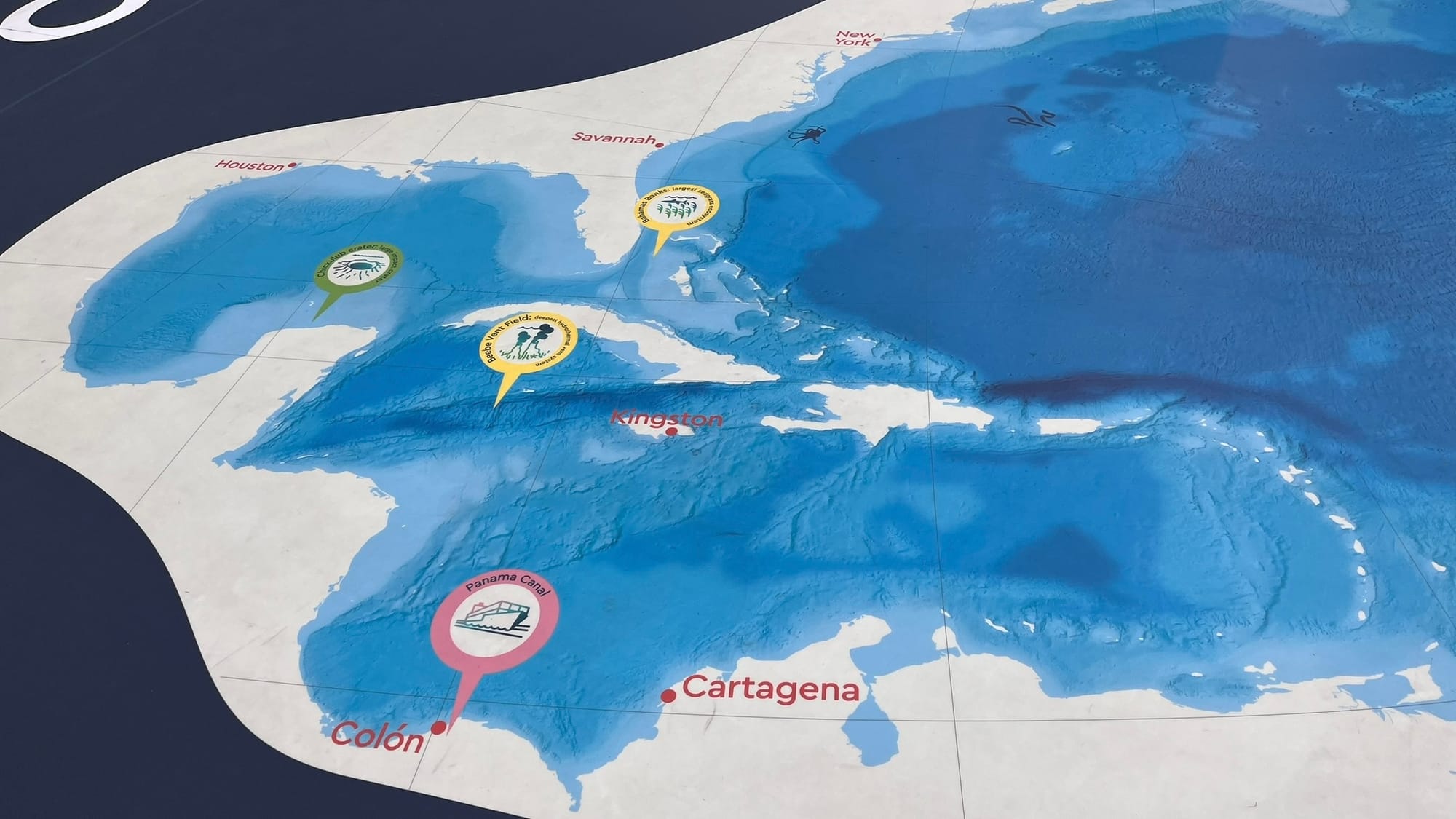
And secondly there's the Greenwich Observatory! Which is probably most famous for being where the prime meridian is defined, (0º longitude), and also being a super important centre for astronomy and science in general in the history of the country and the world.
Of course, there is the marked line that literally divides the world into two hemispheres, which you can simply just cross! There were a lot of interesting things in the observatory itself too, including telescopes, models of the Earth, Solar System, Constellations, and lots of other stuff. My favourite thing of all, however, was a very interesting story that was told.
A by-product of it being the prime meridian, the observatory is where Greenwich Mean Time (GMT) — and by extension Universal Coordinated Time (UTC) — are based on! The reason for this is because the United Kingdom was the country that ended up solving the Longitude Problem, which was that there wasn't an accurate way to actually calculate longitude for the longest time.
And so the museum has a section about this and shows the story of the person who helped solve it, John Harrison! A carpenter and watchmaker. We were directly told it as part of a tour, and despite me being familiar with the general story, it was still a fascinating exposition that went into incredible detail about things, a bit of the process of the creation of the clocks, and, of course, the actual clocks themselves! A lot of which I didn't know!
Although there are a lot of things covering this story, from a book, to a movie, to an episode of Map Men, it is something else being told this story by another person. Seriously, if you can ever get the chance to, go to the Observatory and try to catch one of the tours where they talk about John Harrison! It is incredibly fascinating and engaging.

So yeah! I seriously am considering this being my favourite place that I visited during the trip. It's either this or the Science Museum, which although is larger, is a bit more broad, and I feel like the museums in Greenwich are much more focused and specific.
It doesn't really matter though, both are great! And I can absolutely recommend anybody who is interested even the slightest bit in nautical and/or astronomical and their history to check the Greenwich museums out. I have nothing but fantastic things to say about them.
Oh also as a bonus! Here is an old map I made in 2023, which shows the very small difference between the Greenwich prime meridian, and the other city competing to be the middle of the world: Paris.
